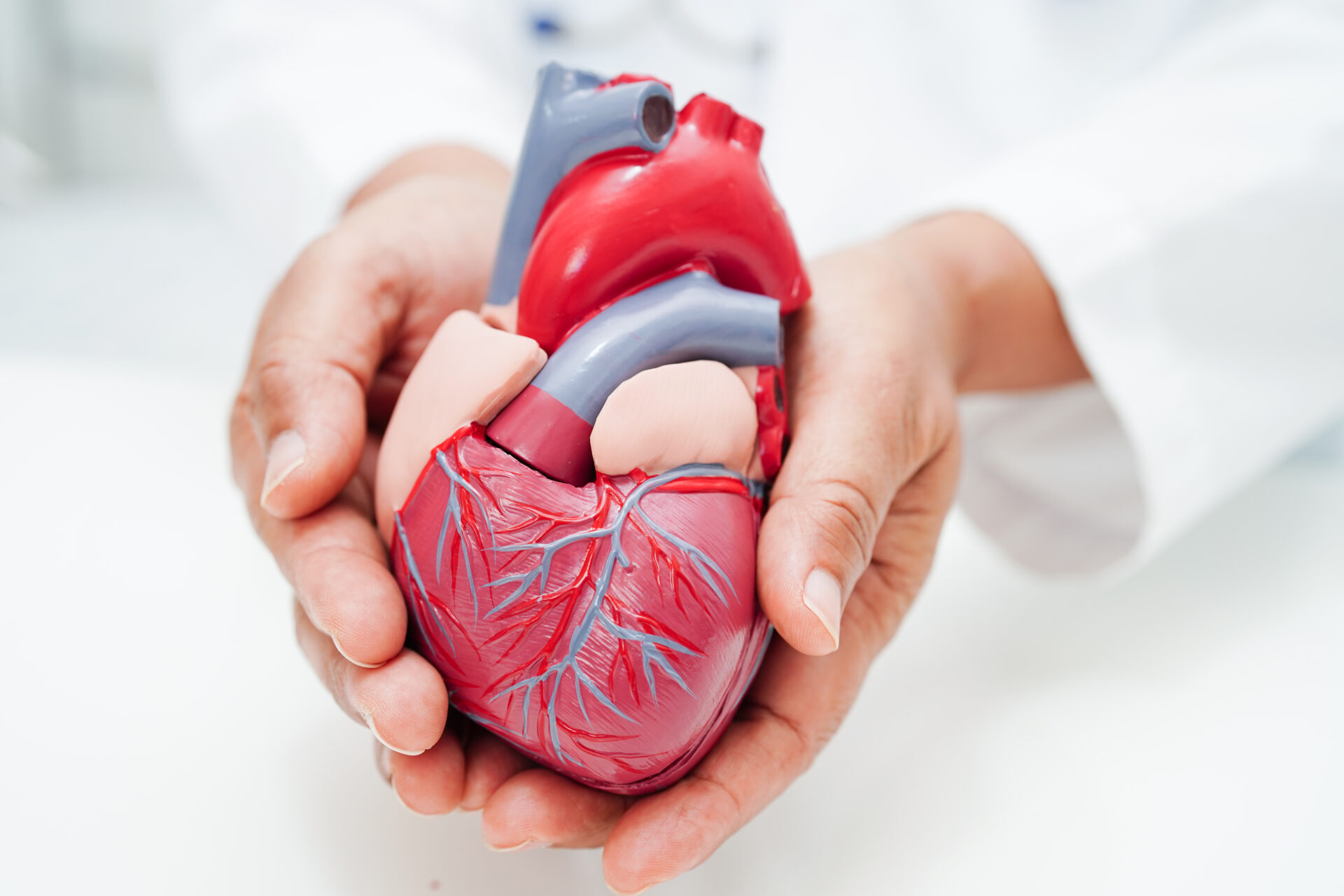Cardiovascular Cartography
CARTOGRAPHY
This is a new technique for the early detection of Coronary Artery Disease (CAD)
- The information obtained by cartography is not provided by the existing cardiac diagnostic tools
- Some of the information was never possible, non-invasively, earlier
Indications
- Anyone above 30 years of age with stressful lifestyle
- Family history of CAD
- High lipid (fat) profile of blood
- Undergone PTCA/Stenting/CABG procedure, Pacemaker, etc.
- Those who have had heart attacks and undergoing treatment

Advantages of Cartography
- Non-Invasive procedure
- No Pain, No Anesthesia, No Catheterization
- No “after effects”; No physical / mental stress
- Can be repeated any number of times, unlike invasive methods
- No hospitalization
- Provides 5 page colour report on the functioning and current status of the heart
- Indicates Myocardial (Heart Muscle) blood flow and oxygen demand and supply for every beat of your heart
- The report is fully evaluated by an experienced and specially trained cardiologist providing you with expert advice/comments
- Offers panoramic data of the heart for future monitoring/comparison for the treatment
- The entire package is cost effective
Cartography procedure
Cardiovascular Cartography (CCG) is a method to measure heart’s blood flow, oxygen supply etc using digitally acquired flow turbulence without putting any wires, catheters etc into the body.
Special high precision data accusation electrodes, sensors and transducers measure the heart’s parameters which are analyzed by sophisticated computerized equipment. The procedure takes about 20 minutes.
Precautionary Measures prior to Cartography procedure:
- Should have been fasting for 6-12 hours
- No drugs for a period of 12 hours
- no alcohol/smoking or tobacco for 12 hours
- No stimulants like coffee/tea/soft drinks for 12 hours
- No physical exercise/long walks 12 hours before test
- May consume only little milk or water during fasting
- Empty the urinary bladder before procedure.
Frequently Asked Questions
Why ESMR ?
Patients with advanced CAD frequently have recurrent Angina. Surgical and interventional options for these patients typically have been exhausted or will result in only partial revascularization. The ESMR therapy offers new hope for these patients and provides therapy which complement existing treatment procedures.
How Would You Feel During The ESMR Treatment ?
During the treatment you might feel a local tickling in the treatment area, accompanied by a certain degree of noise.
What Are The Distinct Advantages Of ESMR Over Surgery ?
Unlike Bypass surgery, Angioplasty and stenting procedures, ESMR is non-invasive, carries no risk, painless, no anaesthesia or sedatives required, no re-treatment limitations and is an outpatient procedure.
What Are The Risks Or Side Effects Of ESMR ?
No acute or long term side effects were reported.
What Are Shockwaves ?
Shock waves are a kind of sound waves (like ultrasound) with high intensity and short duration. The sound waves are generated by an underwater high voltage spark, which are delivered non-invasively, focused by a special ellipsoid reflector. The reflector is coupled to the patient’s skin near the affected area with a water cushion. The focal zone distance into the patient’s body is adjusted according to the linical requirements.
What Is Angiogenesis ?
Angiogenesis or Neo-vascularisation means formation or growth of new blood vessels (otherwise called coronary collateral formation) naturally which in turn increases the blood supply to the ischemic of the heart and improves the myocardial perfusion. Hence coronary collateral angiogenesis can also be called NATURAL BYPASS.
What Is The Purpose Of The ESMR Treatment?
The purpose of this innovative non surgical treatment is to produce new pathways around the blocked arteries in Ischemic zone of the heart by expanding networks of tiny blood vessels called collaterals that help increase and normalize the blood flow to heart muscle thereby reducing or relieving angina.
Why ESMR Treatment Is Called Non-Invasive Or Non- Surgical Bypass Treatment ?
ESMR treatment forms new natural blood vessels which improve the oxygenated blood supply to the affected portion of the heart non- surgically or non-pharmaceutically. For this reason it is called Non-Invasive or Non- surgical Bypass treatment or Non-Invasive Cardiac Angiogenesis therapy (Ni-Cath).
Is Shock Wave Technology Used In Other Fields Of Medicine?
Shock wave technology is presently being used in the field of Urology for breaking Kidney stones and in Orthopaedics for bone and soft tissue injuries.

